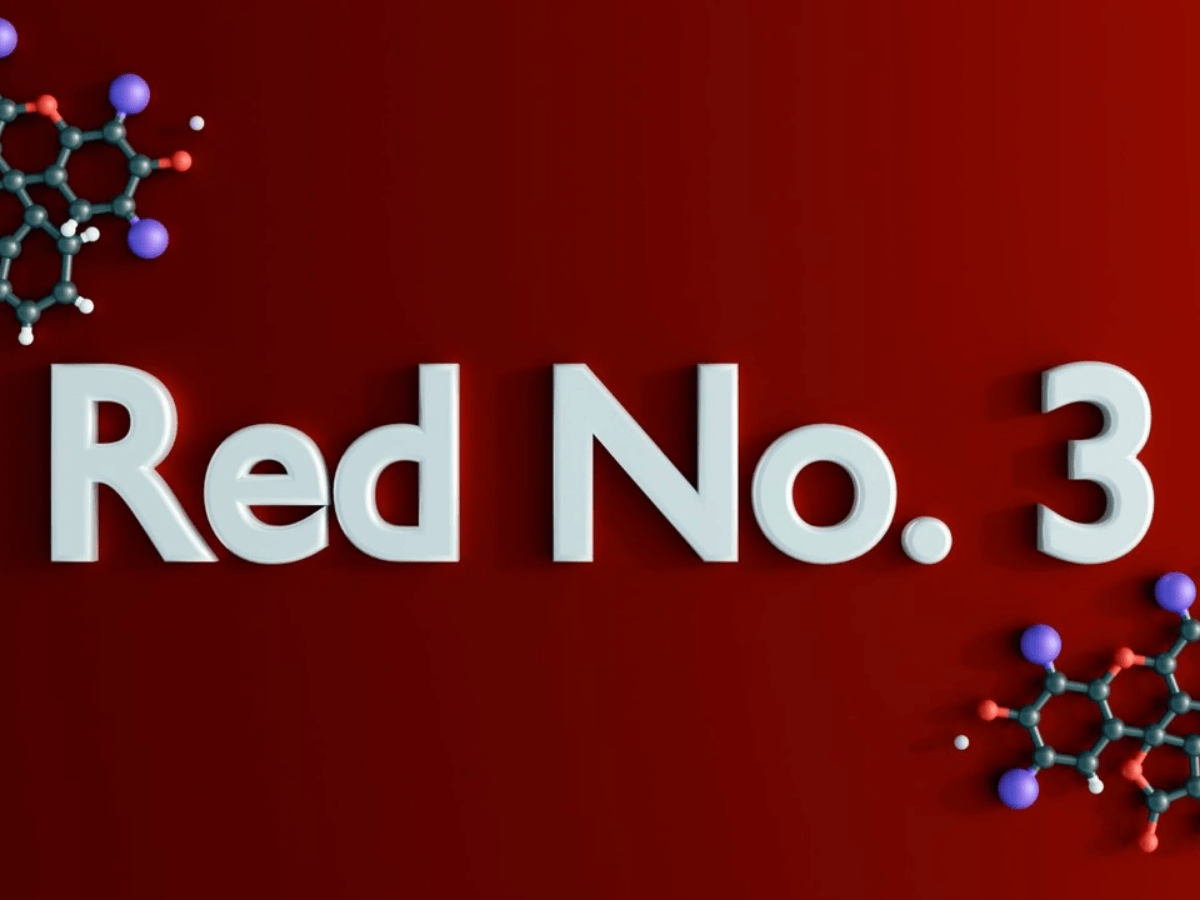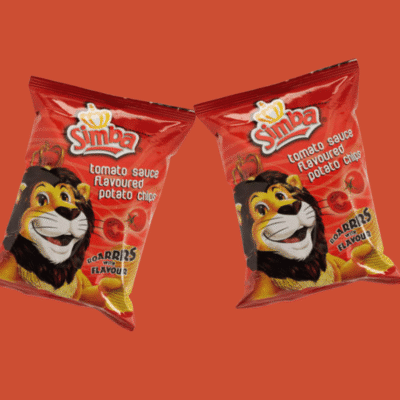USA – The U.S. Food and Drug Administration (FDA) has announced the revocation of authorization for FD&C Red No. 3, commonly known as Red Dye No. 3, in food and ingested drugs.
This decision, effective under the Delaney Clause of the Federal Food, Drug, and Cosmetic Act (FD&C Act), follows a 2022 petition by health advocacy groups, including the Center for Science in the Public Interest (CSPI). The petition cited research linking the dye to cancer in male rats.
The Delaney Clause prohibits the FDA from approving any additive shown to cause cancer in humans or animals.
Although no conclusive evidence indicates that Red Dye No. 3 causes cancer in humans, studies from the 1980s demonstrated tumor formation in male rats exposed to high levels of the dye.
This animal-specific risk triggered the FDA’s action, even as it acknowledged that human exposure levels are significantly lower and that the mechanism causing cancer in rats does not occur in humans.
Gradual phase-out timeline
Manufacturers of food products containing Red Dye No. 3 have until January 2027 to comply with the ban.
The phased timeline allows companies to transition to alternative colorants, which may include natural options such as beet juice or carmine.
Many food and drug manufacturers have already started reformulating products. For instance, Abbott, producer of PediaSure, removed Red Dye No. 3 from its offerings, and Dole eliminated the dye from its fruit bowls in 2023.
However, industry groups like the National Confectioners Association have expressed concerns about reformulation challenges and costs.
A controversial additive
Red Dye No. 3, also known as erythrosine, has been used in the U.S. since 1907 to impart a bright cherry-red hue to products such as candies, frostings, snack cakes, and certain strawberry-flavored beverages.
Despite its appeal, the dye has been under scrutiny for decades. The FDA banned its use in cosmetics in 1990 due to the same carcinogenic findings in animal studies but allowed it to remain in food and drugs, drawing criticism from health advocates.
Global regulatory bodies have taken various stances on the additive. The European Union, Australia, and Japan have either banned or restricted its use, citing potential health risks.
However, Red Dye No. 3 remains authorized for some uses in other countries under different names, including erythrosine.
Industry and consumer reactions
FDA Deputy Commissioner Jim Jones emphasized that the ban is strictly a matter of law under the Delaney Clause, regardless of whether the cancer risk applies directly to humans.
Health advocacy groups have welcomed the decision, with Ken Cook, President of the Environmental Working Group, calling it a significant step for consumer safety.
With the approaching deadlines, manufacturers are expected to accelerate reformulation efforts, potentially facing higher production costs and supply chain adjustments.






